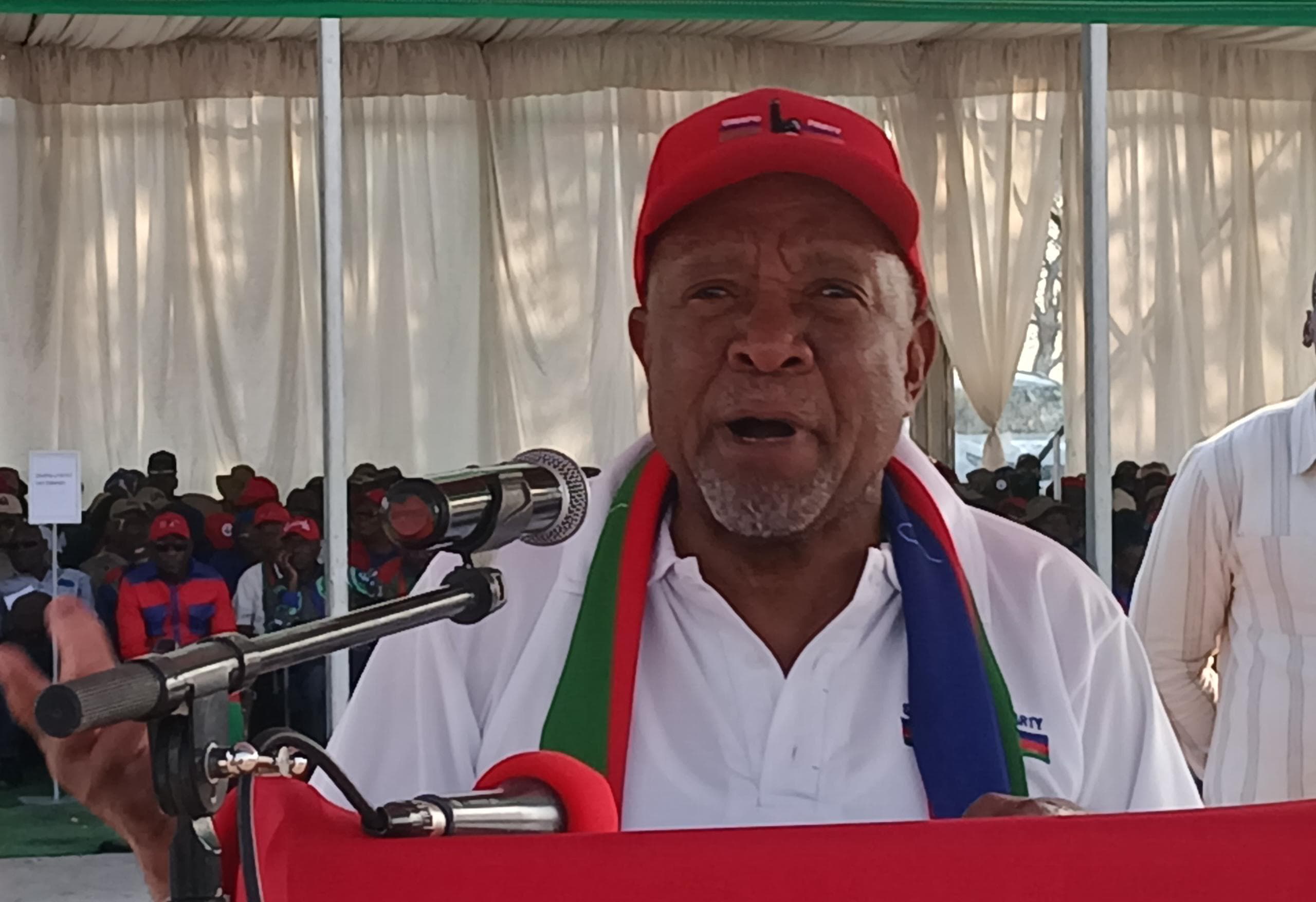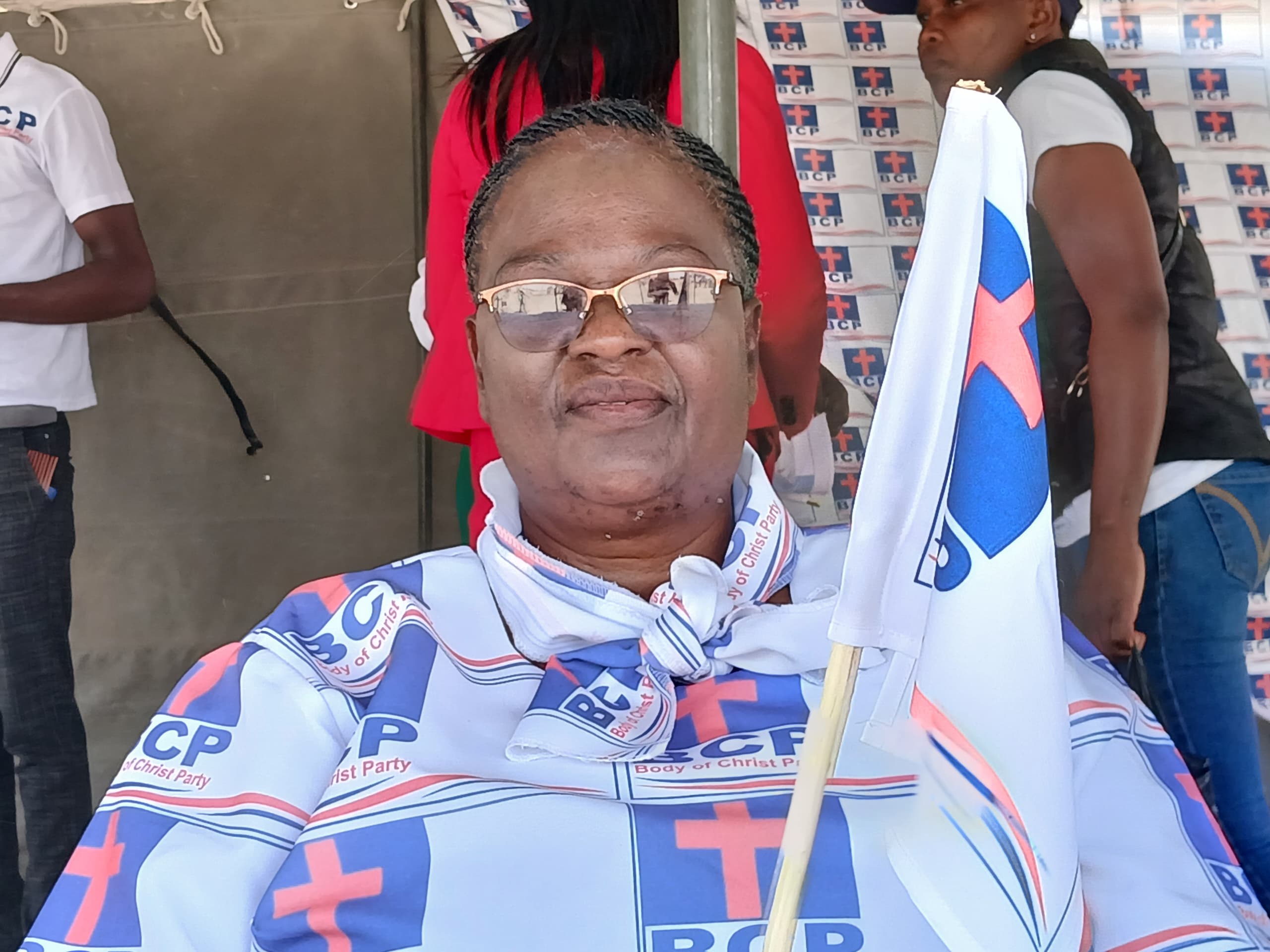Assan Medarol and Paul Francois are professional photographers at Swakopmund, making a living by capturing moments at one of Namibia’s most scenic towns.
From public parks to beaches, the popular Mole and the Swakopmund jetty, their work connects them with locals, visitors and the beauty of the coast.
The duo’s journey to becoming photographers was, however, not easy.
Medarol and Francois, both refugees from the Democratic Republic of Congo (DRC), fled their homeland to escape the political turmoil and hardship plaguing the country.
Now registered refugees in Namibia, their families live at Osire refugee camp near Otjiwarongo, while they hustle to earn a living at Swakopmund.
“We come out once in a while, sometimes for a few months, to hustle and earn some money for ourselves and for our families,” Medarol says.
Both photographers have to obtain permits – clearance from the police and the local municipality – to legally operate their small photography business at the town.
“It’s not easy, but we trust God to take care of us,” Francois says.
Despite their lack of formal training, the two men are self-taught, honing their skills through online platforms like YouTube and reading up on the topic.
Their passion for photography has grown into a livelihood, even though they use old cameras that require constant maintenance.
“We’ve learnt all the settings. It’s not just automatic mode. We know what we’re doing,” Francois says.
Competition is tough at Swakopmund. The town has dozens of photographers vying for business, many of whom are allegedly not registered or licensed.
Medarol and Francois are among the few who try to do things by the book, but they face challenges.
Their old cameras limit their ability to compete with others who have newer models and higher-end equipment.
“We, however, maintain our cameras so we can produce proper quality images for our customers,” Medarol says.
Much of their work takes place along the beach and in open public spaces where crowds gather.
“We don’t just cover certain people,” he says.
“We take photos of families, couples, models and sometimes we’re called to parties or weddings.”
Weekends, holidays, and sunny days bring in the most customers.
Their approach to potential clients is polite and respectful.
“We don’t just bombard people and take photos without asking. Many people don’t like that. So, we always ask if they’d like to have their photos taken first,” Francois says.
Their rate is around N$10 per photo, with clients choosing their favourite shots, which are then sent digitally via WhatsApp or other online document transfer platforms.
Interestingly, tourists who flock to Swakopmund from all corners of the world are not their primary customers.
“Most tourists have their own cameras or phones, especially the white people,” Medarol remarked. “Our clients are mostly local or regional.”
One of the biggest challenges for both men is language. Coming from the DRC, they speak French, Swahili and Lingala,
but have worked hard to learn English, which they now speak ‘better’ enough to communicate with customers.
“It’s easier now,” Medarol says “at least we understand each other.”
Despite their struggles, both men have dreams for the future.
Francois dreams of studying media, with a special focus on photography, while Medarol hopes to one day save enough money to buy better equipment and start a proper business.
“Only God will provide,” Medarol says.
“For now, we just have to keep doing what we can to take care of ourselves and our families.”
Stay informed with The Namibian – your source for credible journalism. Get in-depth reporting and opinions for
only N$85 a month. Invest in journalism, invest in democracy –
Subscribe Now!






